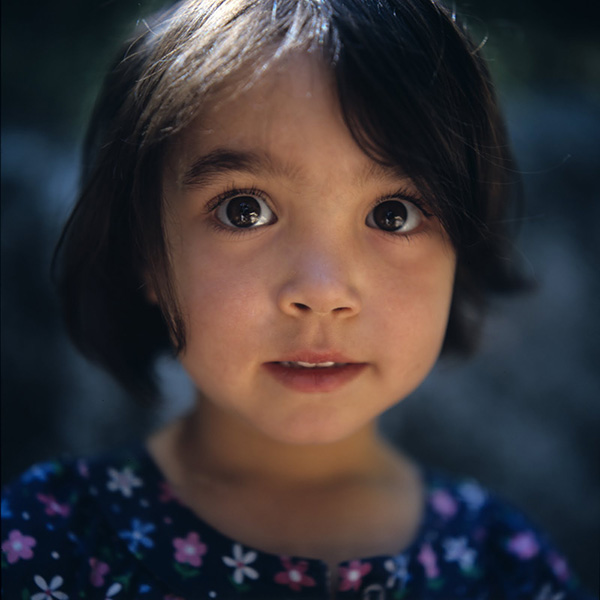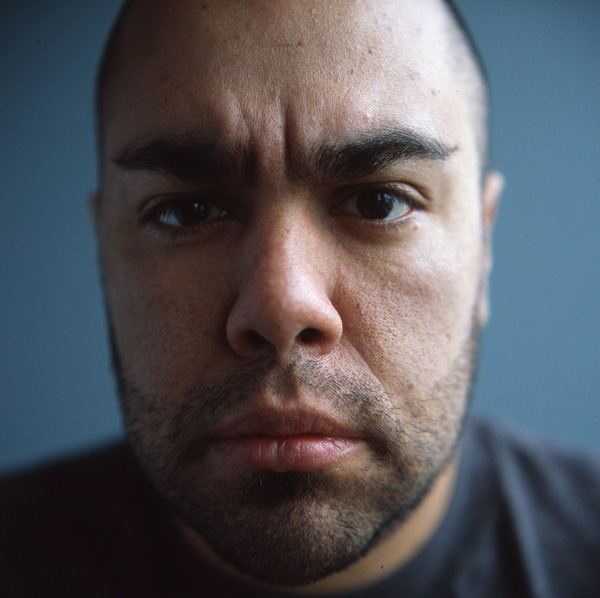Thank you Brett and Johan, this is very helpful and informative, and goes way beyond my original question. But use of the Tele Rolleinars on an 80mm 2.8 lens raises yet more questions to boggle my tiny brain.
I gather from Johan that the 0.7 Tele Rolleinar decreases close focus on the 2.8F to 0.6m. What about the .35 Rolleinar on the 80mm? How close can you get with that combination?
Brett, you mention that use of the two Tele Rolleinars on a normal lens are "weaker" than the Rolleinar I, II and III "respectively". Can you spell out how this maps from each of the Tele Rolleinars to each of the normal Rolleinars, and what "weaker" in this context means? What do each of the Tele Rolleinars do to relative magnfication of the normal lens, relative to that of the I, II and III?
Part of my confusion may arise from the nomenclature. I, II and III seem to index to progressive degrees of magnification, but .35 and 0.70 suggest an actual ratio of some kind, but I don't know what the ratio is comparing, and how that would apply to a normal lens.
i appreciate your patience in indulging my bonehead questions!
P.
OK, sorry for the delay. I set my 2.8C up on a tripod in front of the refrigerator earlier and tried to get it as square as possible. Armed with a nice contrasty black and white magnetic calendar, a tape measure, and a 8x magnifying loupe, I've done some measuring for you.
As the camera has some film in it, I couldn't calculate dimensions through the taking lens with a ground glass, so this data is based on the view through the focus screen and the focus of the viewing lens, which should be substantially the same if all is well, and—as I haven't had any focussing problems with the camera at any distance, to date—I am assuming that it is.
Distances are measured back to the film plane,
not the front of the lens. (On this point: without an actual reference mark for the film rail position on the outside of a Rollei, it wasn't possible to calculate its exact location with the camera loaded. The tape was measured off the front of the polished alumin
ium surround on the rear of the camera body, adjacent to the removable back. Thus, the precise distance to the actual film plane is likely to be just a few millimetres less than my quoted dimensions).
First off: the minimum focus distance (of my particular example) at the close stop, with only the standard lens, is
1002 millimetres. That's three feet four inches, or very close to it, for the metrically challenged. From left to right, across the centre of the viewfinder screen the field of view extends for
581 millimetres or one foot eleven and 7/16 inches.
With the 0.35 Rolleinar pair in mounted over the lenses, minimum focus distance decreases only slightly, to
795 millimetres or two feet seven 1/8 inches—a reduction of
207 millimetres. The field of view across the centre is similarly reduced to
441 millimetres or one foot five and 3/8 inches—a reduction of
140 millimetres.
With the focus knob set to the infinity stop, after extended checking with the loupe, the best measurement I could get was a distance of
3000 millimetres or nine feet ten & 1/8 inches (being the maximum usable distance of the 0.35).
This gives a working range with the 0.35 attached of approximately
2205 millimetres from minimum to maximum, and an overlapping range of
1998 millimetres where either the 0.35 or the 80 millimetre lens alone can be selected.
From these figures it's apparent that if extra magnification is needed, the 0.35 is a non-starter. On the plus side, it gets you just a little closer to the subject without being too intrusive. The reason I like to use it some times is because it offers a reasonable reduction in depth of field when desired, and I also have a Tele Rollei to put it on (when it is back in one piece...) Being a paired set mounted on hinged bayonet the 0.35 is also very convenient, as they can simply be flipped out of the way when not in use.
I wouldn't encourage most 2.8 owners to lash out on a set unless they feel they have particular reasons for believing they need one. If close up portraits are an interest, this might justify a set—they're not as tight as a Bay III Rolleinar 1. For most owners who don't have a Tele to also attach them to, they're unlikely to be a priority.
Strangely, they are often easier to find on line than the standard 1, 2 & 3 Bay III Rolleinars. There are usually at least a half a dozen on offer on ebay at most times. I managed to find mine for under USD$200, but they are often listed with a BIN price over $300. So they're out there if you want them—but are not the cheapest accessory—arguably essential for the Tele Rolleiflex, though.
Ferdi Stutterheim kindly hosts some depth of field and focus tables for the standard Rolleiflex with or without Rolleinars, and also for the Tele Rolleiflex with various combinations of the 0.35; 0.7; and Bay III Rolleinar 1,2 or 3 attached. Here are the links to these.
http://www.rolleigraphy.org/rolleinar_table.htm
http://www.rolleigraphy.org/dof135.htm
Hope this helps.
Regards,
Brett





